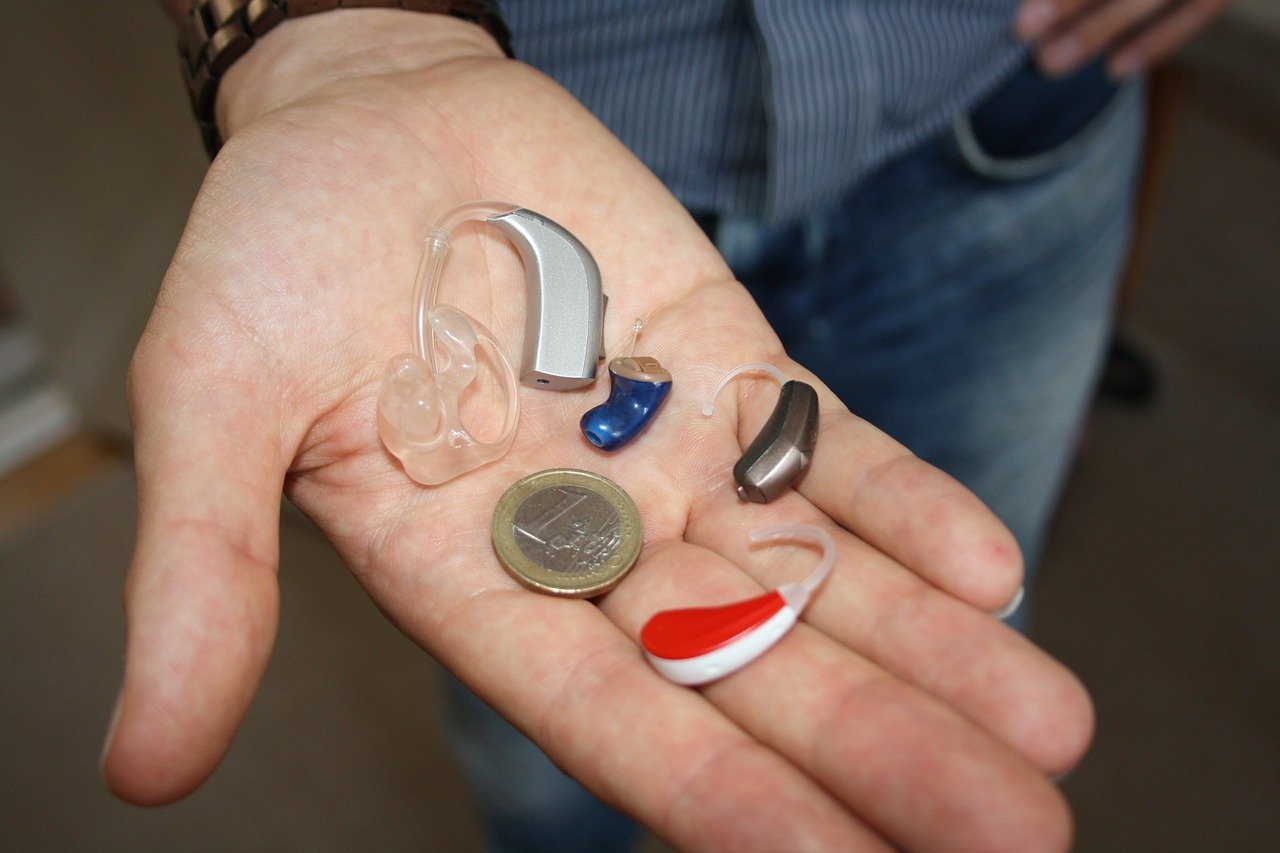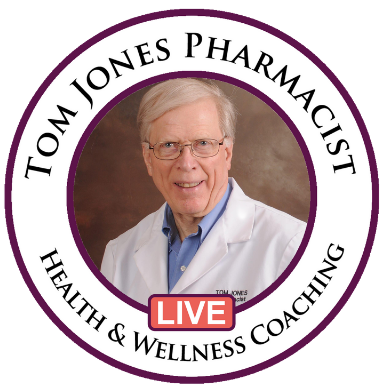
Hearing loss is not a new condition. People have actually been experiencing it for centuries.
Up until the 16th century, it was typically accepted that people with hearing loss also suffered from numerous other disabilities; this led to them being discriminated against. It was not until a Spanish monk called Pedro Ponce taught a nobleman's deaf children how to read, write, speak and do the mathematics that this fact was disproven.
When Was the First Hearing Device Invented?
The ear trumpet was developed in the 17th century and is considered the first device utilized to help the hearing impaired. These trumpets can be found in a number of sizes and shapes and were made of everything from sheet iron to animal horns.
The next development did not appear up until the late 18th century with the invention of the retractable ear trumpet. Frederick C. Rein was the first to commercially produce these trumpets in 1800.

In order to make the devices less noticeable, Rein developed acoustic headbands, which hid the hearing gadgets within the user's hair.
What About the First Hearing Aid?
The first listening devices was designed thanks to Alexander Graham Bell's 1876 advancement of the telephone, that included invention that might manage the loudness, frequency and distortion of noises.
The first electric hearing aid was developed in 1898 by Miller Reese Hutchison. His design used an electrical current to amplify weak signals.
In 1913, the world was presented to the first commercially produced hearing aids. These instruments were cumbersome and not really portable. In the 1920s vacuum-tube hearing aids were produced; these tubes had the ability to turn speech into electric signals and then, the signal itself was amplified.
The idea of miniaturization was introduced with other technological advances spurred by WWII; this was important to the improvement of hearing aids.
The transistor was created in 1948. Transistors had the ability to change the vacuum tubes in previous models of hearing aids and were smaller sized, needed less battery power, and had less distortion.
The microprocessor and the multi-channel amplitude compression were invented in the 1970s. The microprocessor brought miniaturization to a new level and the compression presented making use of digital creation.
From there, hearing aids began to progress at a constant clip. The 1980s saw the creation of high-speed processors and microcomputers. The 1990s saw the appearance of the first all-digital listening devices. And the 2010s brought the idea of Bluetooth ® made it possible for devices into the mix.
 Add Row
Add Row  Add
Add 




Write A Comment